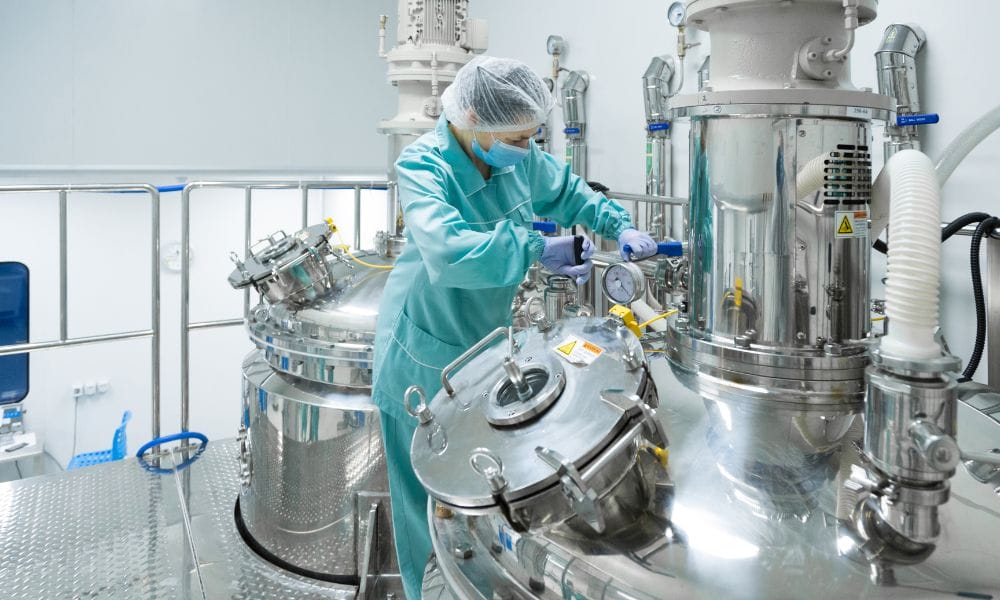If you do not understand how to clean your pharmaceutical equipment, your entire production process can become compromised. That’s due to the contaminants and soils left behind that will decrease the quality of your products. In this article, we go over the types of soils you can encounter. We’ll also determine the correct cleaning methods, the variables that increase efficiency, and how filtration can give you the upper hand in cleanliness. Keep reading to start a better cleaning procedure in your lab!
Understand the Types of Soils You’re Dealing With
When you’re processing and manufacturing pharmaceuticals, you can encounter many different types of soils when you start cleaning. These contaminants could be leftover residue from the ingredients you use in production or from the actual manufacturing process. These soils include gels, dyes, alcohol, silicon, and much more. Due to the various soils, you will need to choose different cleaners and detergents to combat that specific contaminant.
Determine if You’re Cleaning in Place or Cleaning out of Place
Some of the larger pieces of equipment you use, like mixing and batch processing tanks, need to be cleaned in place because they are cumbersome to take apart. But other smaller equipment, tubes, and flasks can be taken for cleaning out-of-place procedures because the various parts are easily transportable. You will most likely use a conjunction of the two methods to clean each individual piece of equipment effectively.
Temperature, Dwell Time, Rinsing, and Validation
Raising the temperature and increasing the dwell time throughout the cleaning process can help improve and speed up the efficiency of your cleaning. Rinsing your equipment is essential to completely remove all detergent and particles—however, do not rinse with tap water because it can contaminate your sterile equipment. Cleaning validation is a regulatory process compliant with pharmaceutical equipment to ensure everything is clean according to standards.
It’s important to note that the detergent you use will determine temperatures, dwell time, and validation. Always consult with the detergent manufacturer to ensure you’re using the product as intended and not for the wrong type of equipment or contaminants.
Innovative Filtration Systems
Pharmaceutical filtration is a necessary component of your lab because it can help to remove dirt, debris, and contaminants from the air to help you produce better-quality medicine and products. This filtration system works throughout your production process to minimize the amount of soil and contaminants that might accumulate on your equipment to streamline your cleaning.
Knowing how to clean your pharmaceutical equipment is necessary to reduce downtime, enhance safety, and maximize the life span of the gear. If you do not take the time to standardize your process or procedures, the pharmaceuticals you manufacture are in danger of contaminants and poor quality. Use the correct parameters for cleaning each type of equipment for the cleanest lab!








